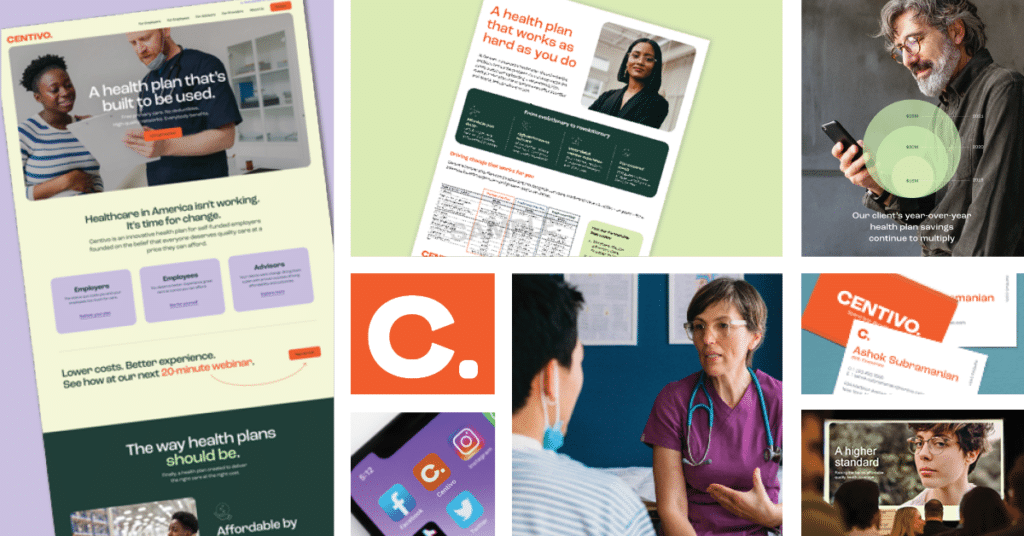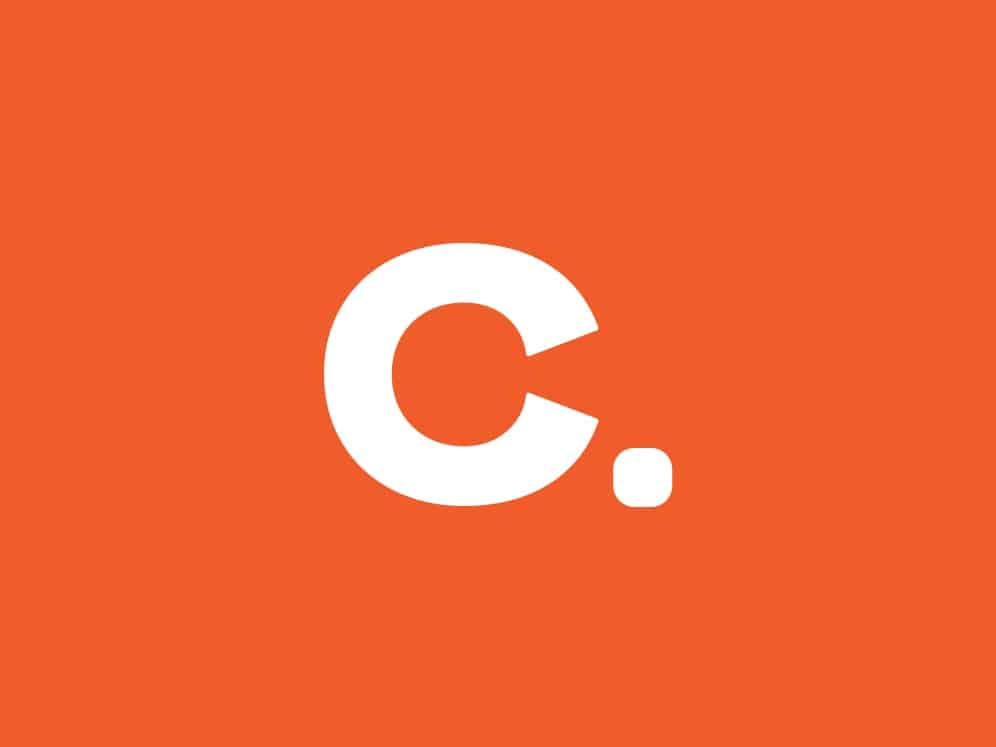Anyone paying attention to the healthcare industry lately knows that Morgan Health, a business unit of JPMorgan Chase, has recently become a $30 million investor in Centivo. For my first Centivo blog since joining the firm in late March of 2022, I would like to reflect on the important signals this investment sends the healthcare system, of which I have been a part for more than 30 years.
Let’s start with the fact that $30 million is a lot of money. We weren’t looking for new financing, but I can assure you it will be put to good use in acquiring and serving clients, building out existing and new markets and strengthening our product and customer service to further improve quality, affordability, access and the member experience. The fact that Morgan Health made only its third investment in us, during a challenging investment environment for innovative healthcare startups, is also of course a significant validation of our mission, model and early success.
I believe the signals this investment sends the US healthcare system, however, goes well beyond the money and the investor in question. Here are the three signals I believe serve as a wake-up call to our industry:
Signal #1 – Employees are desperate for help
Our own research is just one voice in the rising cacophony about the healthcare affordability crisis facing American workers. And if you want to learn about the true human toll this crisis is taking, dive into the Kaiser Health News “Diagnosis: Debt” series. It’s tale after tale of financial sacrifice and bankruptcy, care avoidance, crushing debt and bureaucracy. The statistic that has always floored me is the one from a 2018 NORC study, “More people fear the medical bills that come with a serious illness than fear the illness itself (40 percent vs. 33 percent).” I highly doubt that 40% level is any lower today.
I find it ironic that so many employers are putting in place “financial wellness” offerings, while at the same time offering health plans with features like high deductibles that put this very wellness at serious risk. In fact, the Kaiser Family Foundation Employer Health Benefits Survey found that the average individual coverage deductible has increased 68% from 2011 to 2021 ($991 vs $1669). This growth rate eclipses both inflation and wage growth. And according to the same Kaiser survey, a full 85% of covered workers have some form of deductible as part of their health plan coverage. You might chuckle at this headline and say no kidding; “High deductible plans increased out-of-pocket spend, EBRI finds”, but the problem is all too real for far too many, especially those on the lower end of the socioeconomic end of the scale.
The moral outrage we all should feel about stories and findings like this must spark change. That’s why the Centivo health plan model is purpose-built to restore healthcare affordability for American workers. And it’s working; a typical Centivo plan member has an average cost share of just 5.6%. When a name like Morgan Health sees results like these and buys into that mission, maybe that’s just the spark employers and our system need to achieve it.
Signal #2 – The employer-led revolution in healthcare is underway
For far too long, US employers have by and large stood on the sidelines while carriers and providers battle over who will get the bigger slice of the highly lucrative “commercial” pie. Provider consolidation and carrier vertical integration make logical and even beneficial promises from an efficiency and care management perspective, but these promises have not yet lived up to reality. In fact, the evidence to date points to increased costs with minimal efficiency gains. Even self-funded employers, who do have far more flexibility and power over their health plan offering, face annual cost increases that almost always dwarf overall inflation. Traditionally, every year at renewal time, employers grind their teeth when they find out their increase and shift more and more costs onto their employee plan members. That strategy has run its course, especially with an unemployment rate of only 3.5% amidst the seemingly never-ending war for talent.
For example, one of our clients, a mid-size car dealership in central Florida, described “hitting a wall” at renewal of a fully-insured, highly opaque employee health plan that was once again proposing a double-digit premium increase. That wall is being hit by more and more employers, given the fact that providers are looking for big price increases as they battle inflation and recover from COVID’s impact.
At Centivo, we have found a better way that puts real money back in the pockets of employers and their employees by working only with the very best providers – those who have embraced accountable care – and who outshine their market competitors but to date have been lumped in with high-cost providers by the big traditional carriers. And our plan design features no deductible or co-insurance, free primary care and straightforward copays for everything else. Morgan Health’s focus on looking for innovative companies rooted in affordability, access and the member experience should encourage far more employers to look at these types of status-quo disrupting solutions.
Signal #3 – Invest in primary care – now
Primary care seems to be having its long overdue moment in the sun. From big picture research like last year’s landmark National Academies study about the many benefits of primary care related to population health, to our own client claims data which shows that by slightly increasing spending on primary care, total cost of care plummets, there seems to be no argument as to its power to efficiently and effectively improve health care delivery and outcomes.
But just as primary care becomes the star of the show, the stage lights are dimming, rapidly. Primary care physicians are leaving the field in droves due burn out, retirement and/or relatively low pay compared to their specialist peers. Medical schools aren’t even close to producing enough primary care doctors to keep up. And as a nation we spend just five cents of every healthcare dollar on primary care. The other 95 cents are mostly spent on disjointed, uncoordinated care and pharmacy claims with little concern for cost differences among providers and systems.
This crisis (and opportunity) is the driving force behind why our plan requires members to select a primary care physician (PCP) and to have that PCP coordinate all care. Our virtual care capabilities also put the PCP relationship front and center by assigning a member to a virtual primary care physician if the member does not select a primary care physician after a specific time frame set by the sponsor. It’s also why we make ALL primary care free – not just wellness visits and screenings. Morgan Health shares our vision and belief in the primacy of primary care and put its money where its mouth is. We need more high-profile employers, investors, governments, carriers and health systems to do the same.
By offering health plans employees can actually afford to use to access high-quality care and by having employers embrace and utilize their economic leverage by investing in primary care and all of its proven strengths, the signals for positive change in healthcare are pointing in the right direction. Let’s hope that the signals are strong enough for action from many others like Morgan Health.
Marc Backon has spent the past 35 years as a transformative healthcare and insurance executive. Leadership roles prior to Centivo include serving as President, Commercial Division at Tufts Health Plan, Head of Small Group and Individual at Aetna, and Senior Vice President, Commercial Markets at Capital BlueCross.

